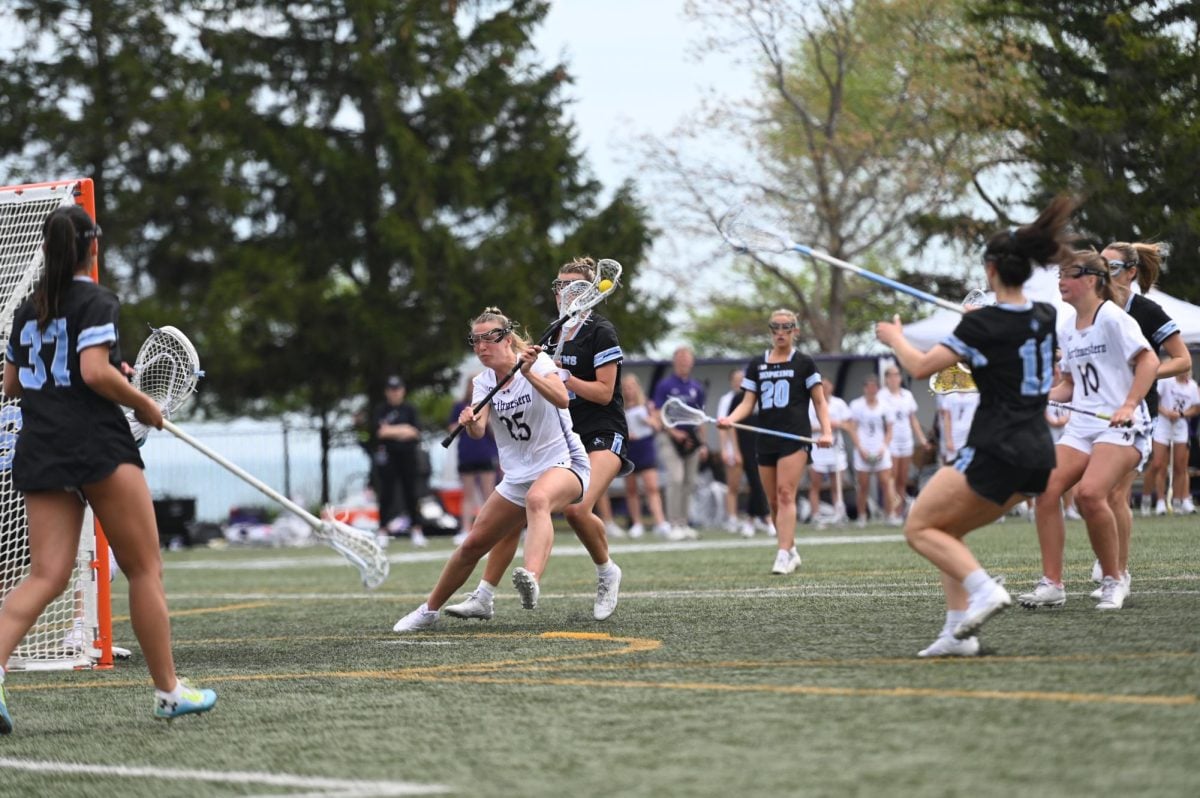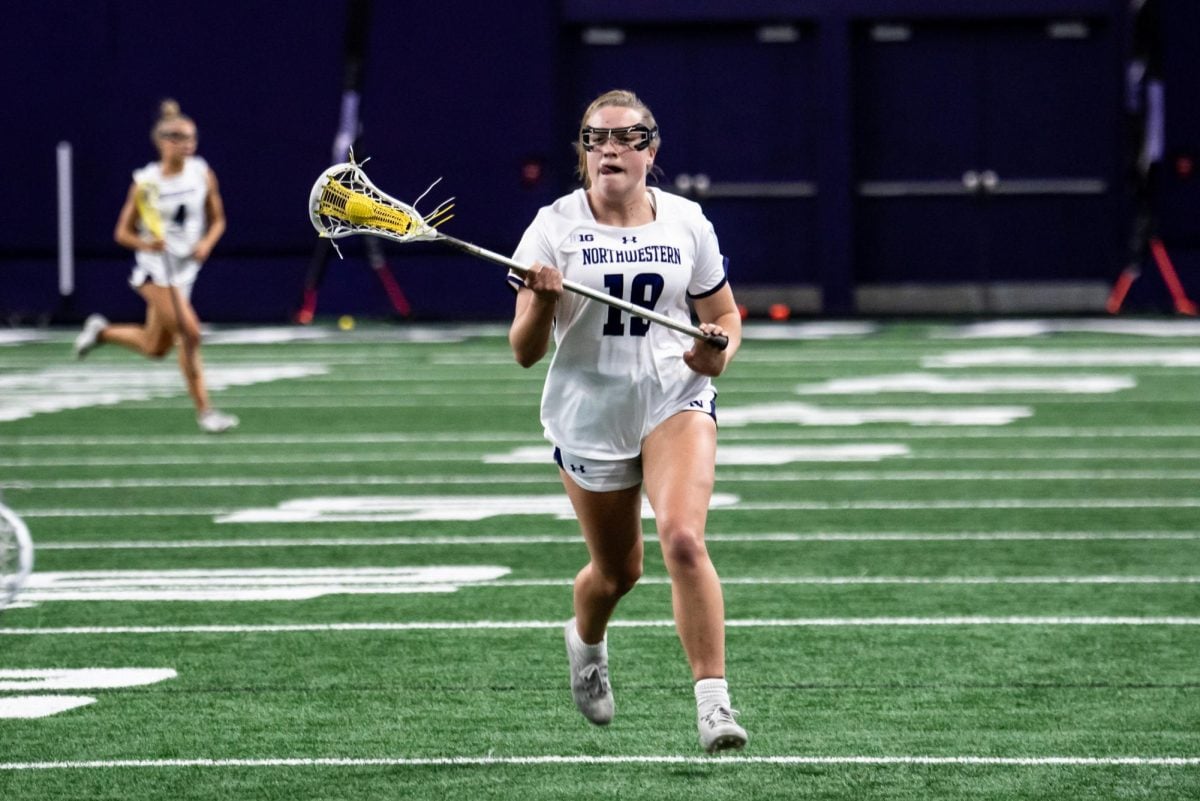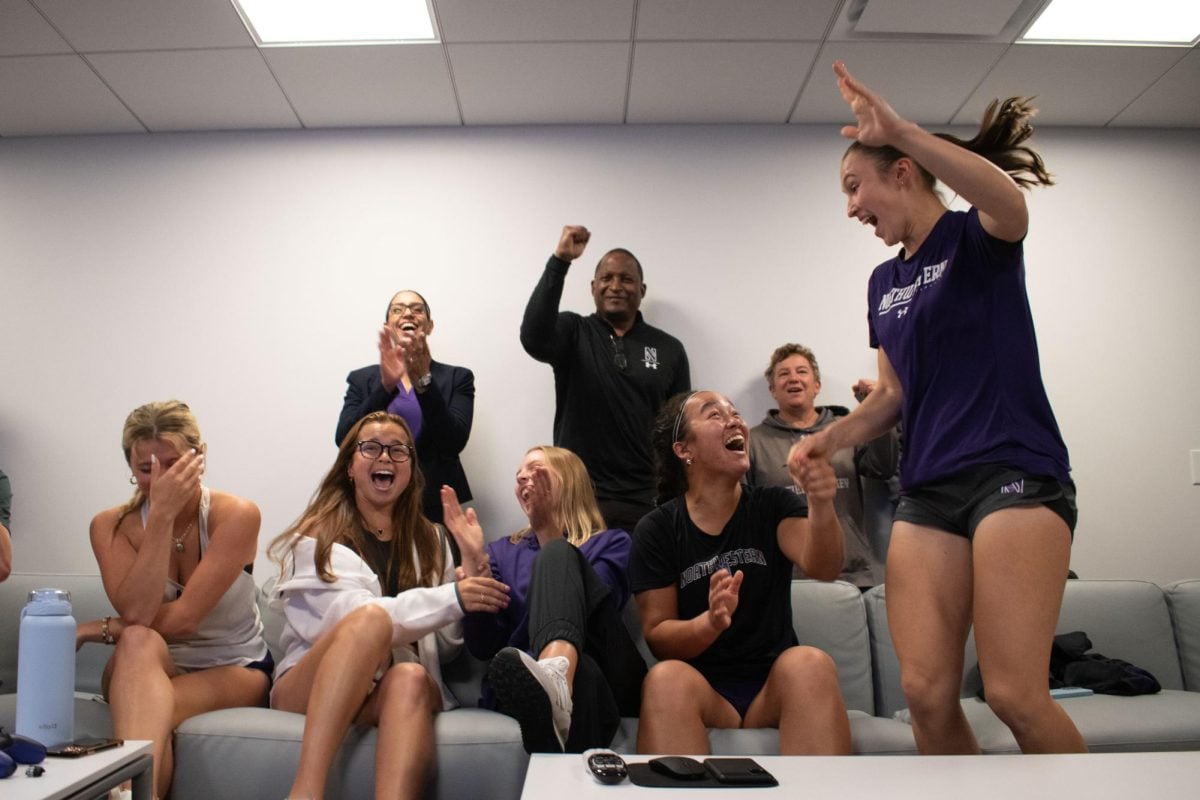There may be debate about whether the Big Ten is college basketball’s best conference, but there’s certainly no question that it’s the slowest.
In terms of tempo, the number of offensive possessions a team has per game, the Big Ten is last among the major conferences. And even in relation to the rest of the Big Ten, Northwestern plays at a slow pace, ranking in the bottom half of the conference in possessions per game. This not only makes NU’s typical game something of a drag to watch, it also affects the statistics NU players are putting up.
Box scores report points and rebounds but don’t adjust for the pace at which these numbers were achieved. This reporting can make comparisons between teams that play at different paces difficult.
For example, in NU’s Monday night loss to Michigan State, the Wildcats had 65 possessions. Last week, Long Island, whom NU downed 81-65 earlier this season, had 90 possessions in a 96-86 win against Navy. When comparing the two games, the Long Island players had 25 more chances than NU did to score, rebound and turn the ball over.
Exactly how much did this inflate their numbers? John Shurna is averaging just more than 22 points per game. The top scorer in the Long Island-Navy game, Navy’s J.J. Avila, had 21 points. At first glance an average game for Shurna is nearly equivalent to Avila’s numbers from that night. Yet if each player maintained their respective rates of scoring in a game with the same number of possessions, say 100, Shurna would outscore Avila by 10, 33 to 23. The apparent similarity in scoring disappears when the vastly different game paces are taken into consideration.
Tempo-free stats are an intuitive way around the problem of comparing players on very different teams, and it’s a shame they aren’t typically used by the Big Ten or most media outlets to compare players.
Admittedly, a 90-possession game is an outlier, and Long Island was playing a similarly up-tempo Navy team. Looked at over the length of the season, the possession differences between teams are smaller.
To put this in perspective, Northwestern averages 66.4 possessions per game, only about two possessions per game fewer than the national average. Still, bias exists when tempo differences aren’t accounted for over the length of a season.
Avoiding this bias requires tempo-free stats, like points per hundred possessions, which don’t depend on the number of possessions in a game. Looking at the top Big Ten scorers with tempo-free numbers further illustrates the problem with numbers that are influenced by tempo. Using points per game, Shurna leads the conference in scoring followed by Penn State’s Talor Battle and Purdue’s E’Twaun Moore. However, when tempo-free scoring is used, the rankings shift. Shurna remains in first place, but second is Wisconsin’s Jon Leuer who ranks only fifth in points per game. Battle drops to third and Moore to fourth. Leuer’s jump up the rankings occurs because Wisconsin is currently playing at the slowest pace in the country with only 59.5 possessions per game. The raw stats understate his effectiveness since Wisconsin has fewer possessions than the average team.
That being said, I’m not going to argue too much with any stats, tempo free or not, that rank John Shurna as the conference’s best.







